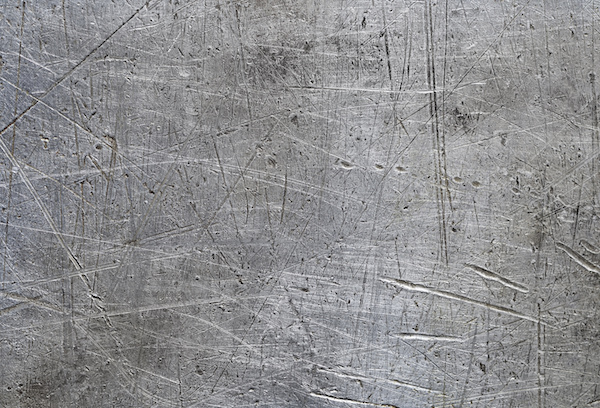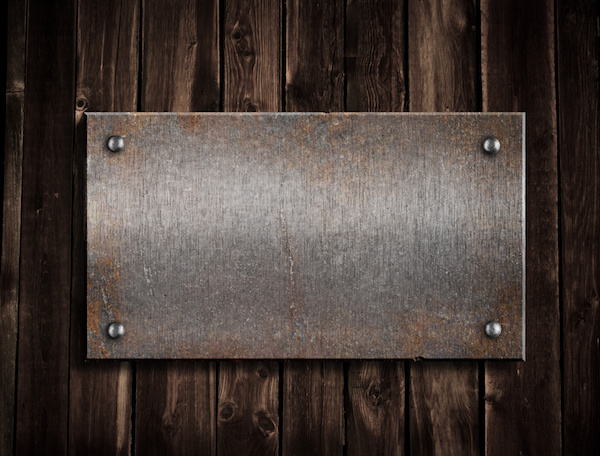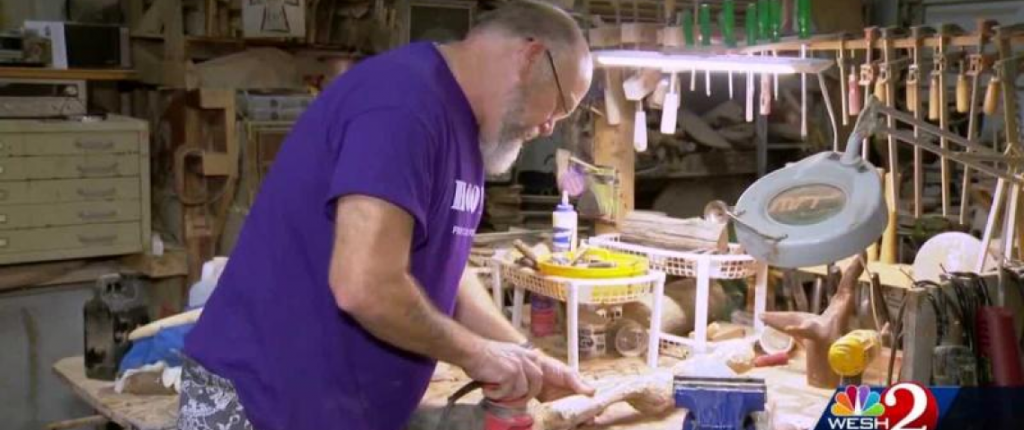Previously, we have discussed the different available substrates for your nameplates; there are certainly many to choose from. Aside from vinyl, mylar, and lexan, aluminum is one of the most versatile, wear-all materials that can be used to make your nameplate, and has many desirable properties when it comes to protecting equipment and information on the plate.
Nameplates in general provide decorative, informative solutions that enhance your product, while offering quick turnaround time without sacrificing quality. Nameplate production includes labels and overlays that do not require embossing or extensive engineering. Compared to graphic overlays, nameplates offer faster production and lower pricing with high quality and consistency always in mind. At Hallmark Nameplate, we use state of the art laser cut, die cut, and plot cut fabrication methods. We are equipped to produce nameplates in large or small runs for nearly every substrate and with any adhesive material. Our facility gives us the ability to offer both screen and digital printing on materials from three to .030 inches.
At Hallmark Nameplate, aluminum is:
- Rugged for indoor and outdoor applications
- Available in thicknesses from .003” to .032”
- Anodized Material
- Available in Matte or Mill finishes
- Available in MIL qualified Metal Photo
Aluminum is an anodizing material, which is an electrolytic passivation process used to increase the thickness of the natural oxide layer on the surface of metal parts. Anodizing increases resistance to corrosion and wear, and provides better adhesion for paint primers and glues than does bare metal. Anodic films can also be used for a number of cosmetic effects, either with thick porous coatings that can absorb dyes or with thin transparent coatings that add interference effects to reflected light. Anodizing changes the microscopic texture of the surface and changes the crystal structure of the metal near the surface. Thick coatings are normally porous, so a sealing process is often need to achieve corrosion resistance. Anodized aluminum surfaces, for example, are harder than aluminum but have low to moderate wear resistance that can be improved with increasing thickness or by applying suitable sealing substances.
Mill and matte finish are available with aluminum nameplates. Mill finish is considered the appearance of the aluminum as it comes from the rolling mill, or the extrusion mill. It is “as is” with no external mechanical or chemical finishing.Extruded metal is considered “mill finish”. All aluminum has an oxide of some varying thickness. Matte finish, on the other hand, is a textured finish that can be added to the nameplate to give it an additional visual appeal.
Metal photo, which is also known as photosensitive anodized aluminum, photo anodized aluminum, and photo metal, utilizes the porous nature of unsealed anodized aluminum to create a subsurface image, either through exposure and development of an anodic layer impregnated with silver compounds, much like traditional black and white photography, or through use of a photomask, in which the image is created through a variety of means, including chemical etching, color addition or color subtraction.
Common uses for aluminum nameplates include product identification tags, chemical environments, heavy UV exposure, contact with abrasives, and even military-grade operations. Actually, Hallmark Nameplate’s anodized aluminum and Metal Photo aluminum nameplates meet military specifications Mil-P-15024 and Mil-P-19834.
Aluminum is just one of many substrates available for your new nameplate to be printed on. At Hallmark Nameplate, we take into consideration every variable to suit your specific needs, and being so effective, aluminum might just be the one for you. Some variables we take into consideration include:
- The type of surface it will be mounted to
- Indoor or outdoor application
- Type of finish: matte finish or mill finish
- Serialization and barcodes
- Display windows (LED, LCD)
- Drawings and art files available
- Domed elements
- UL or CSA requirements
We have more than 55 years of experience to work with, so when it is time to start your next project, we at Hallmark Nameplate will be able to walk you through the entire development process, eliminating any concerns you may have. From your first questions to the finished product in your hands, we are here to ensure that you have the right nameplate substrate for your specific needs and applications. More than just certificates, we have built a culture of quality that makes sure we do the job right for your business the first time.




